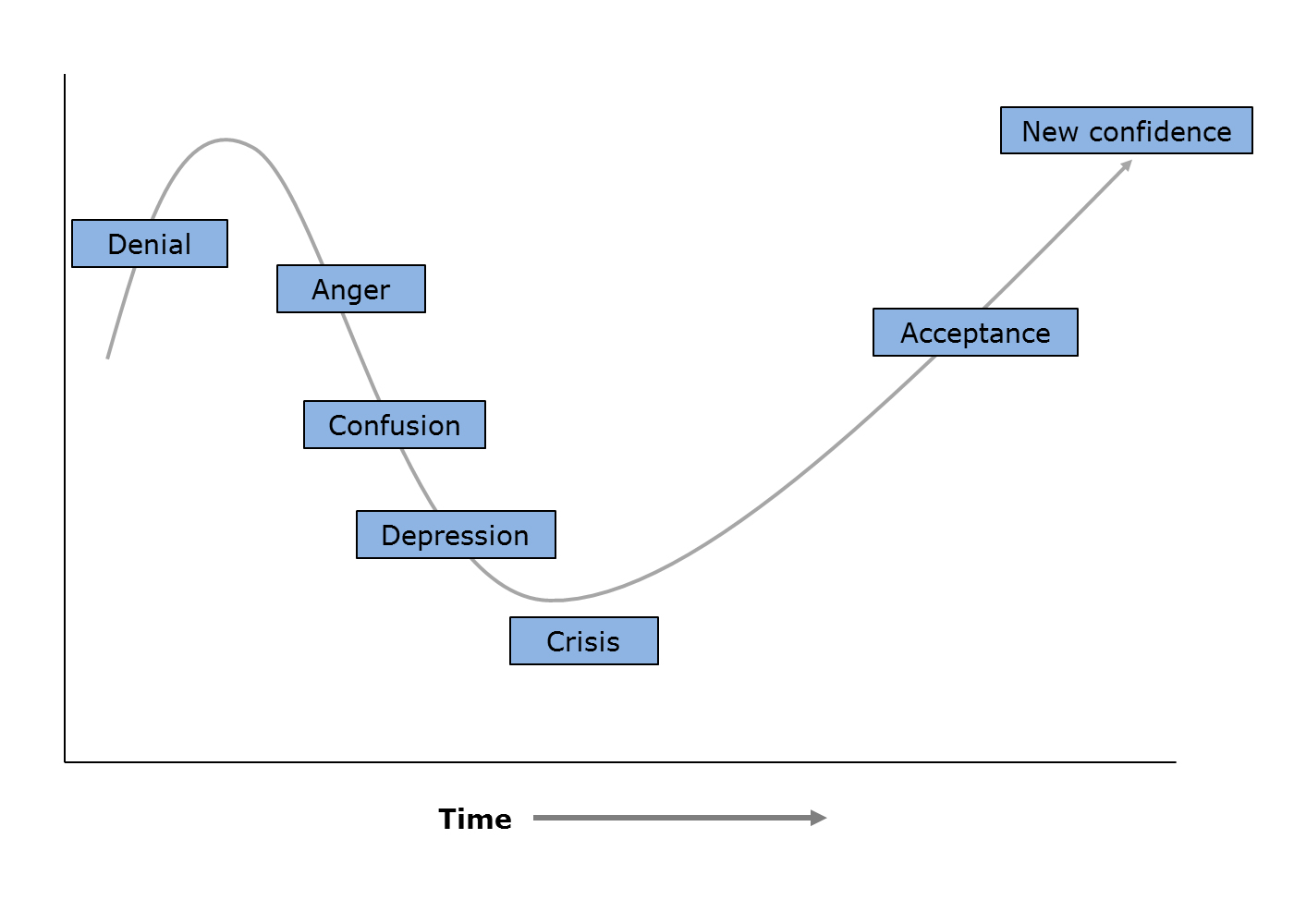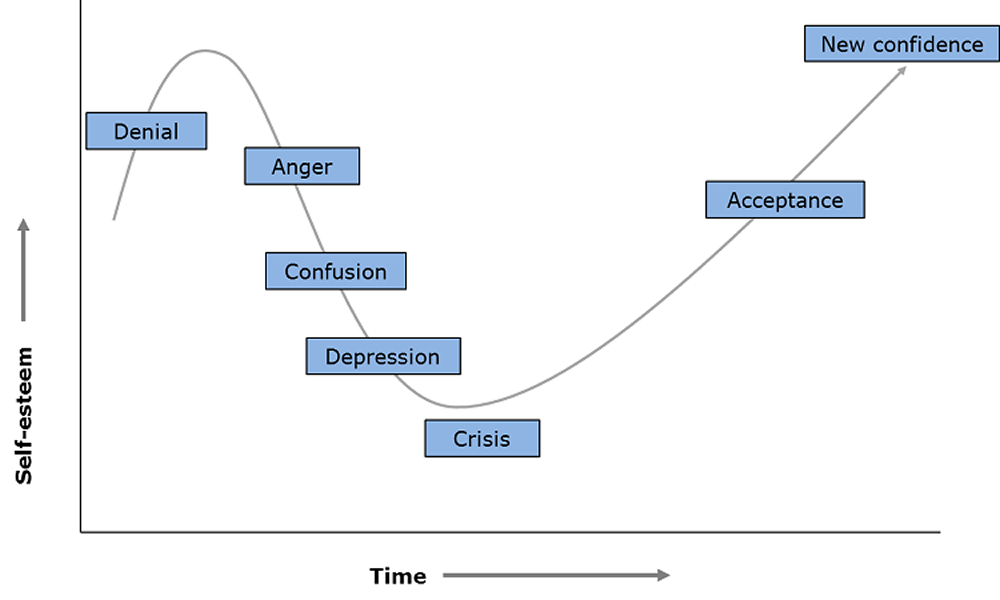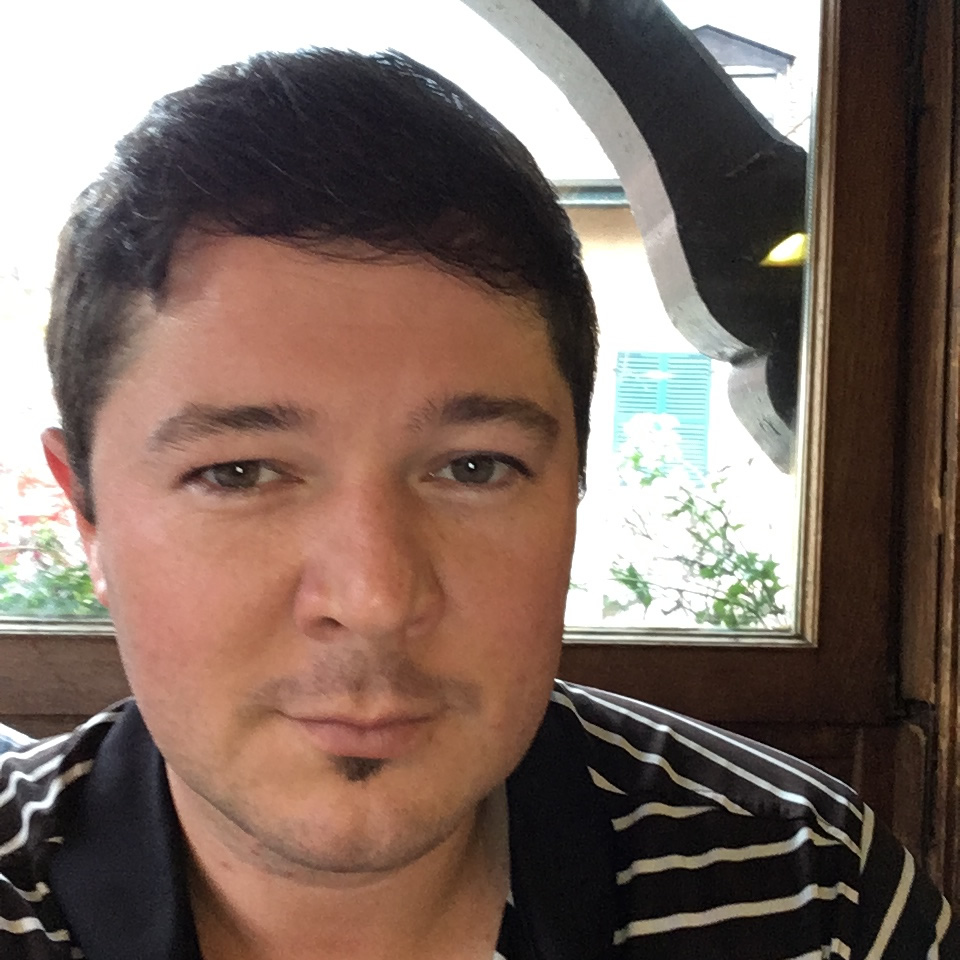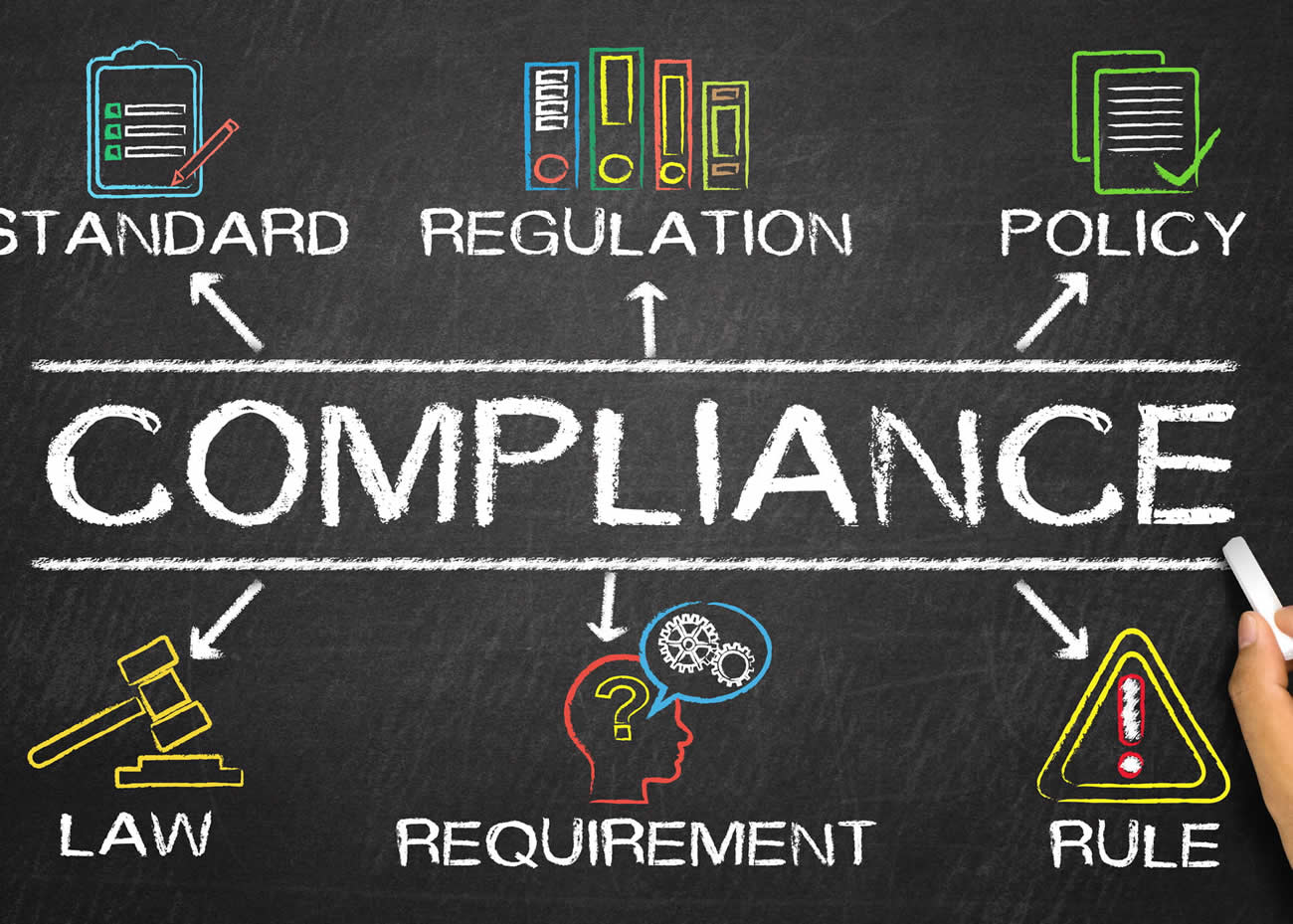Best Practices for Implementing an Intelligent Compliance Program: Part Two of a Three-Part Series

Best Practice: Involve all Levels of the Business
In the midst of organizational change, regardless of scale, consistent support at the top level is vital. It is just as important to have buy-in from those directly and indirectly affected. When implementing an EHSQ compliance program, all members of the organization, from upper to middle management to the frontline, have an important part in ensuring success.
In the effort to include all levels of the organization, those leading the charge for change must share detailed information about the issues at hand, and the problems associated, in order to foster cultural transparency and inclusion. Again, tying this back to the corporate culture is the best way to endear the employees to the change and help them feel a sense of ownership in the process.
Communication that reaches everyone within an organization can be difficult, even prohibitive, given the scope of modern businesses. These difficulties can be minor compared to those of implementing a vital reform or project, with no company buy-in. Taking time up front to design a communications plan aids the organization, as well as the message, removing barriers, and clearing a path for resolution of issues that invariably arise.
Best Practice: Create an EHSQ Business Case that is Rational and Emotional
Business leaders face challenges and opportunities every day. Some obviously are more important than others, given their potential effect on net present value (NPV) and ROI, for instance, and require more attention. So, how does one take something like EHSQ compliance, which has typically been seen as a cost center and present it as a true investment? The first step is a proper business plan, which presents the overriding rational and emotional components. We've all see the scare plan, where if we do not comply, we could possibly see "X" in losses, fines, etc., but what is the emotional call to action in that fear?
Leaders who tie EHSQ compliance to measurable results, specifically in positive organizational growth tend to be much more successful. Instead of painting "what if's" as negative, change the paradigm and make them positive. For example, what if all of our products were BPA free? What if all of our products were paraffin free? How would this affect the market's perception of our products? Our brand? Our people? These types of questions lay out the emotional and business rationale for pursuing business change, and ought to be the focus of any proposed development.
With the development of the global economy, increased transparency and exposure, among other factors, goodwill and profitability are inherently linked. If one can truly make an emotional connection, and integrate it within the company culture, positive employee engagement tends to rise, and increased customer satisfaction may follow. In fact, it has long since been noted that employees go through a variety of different emotions when change is happening within an organization.
Rick Torben's article, "Emotional and Rational Case for Organizational Change," discusses the need for leaders who have a rational business case to ground it in the emotional phases that employees experience during the change. He showcases the following continuum of emotions that occur during an organizational change event.

Torben details the many negative emotions associated with organizational change, especially at the onset. But we can see that acceptance is key to averting crisis. Confidence follows, and true organizational growth is allowed to occur. It thus becomes imperative, while leading EHSQ change, to manage employee emotions throughout the program lifecycle. If one can tie the change to the organizational culture, employees can better understand why the organization is making the change and see the positive impacts for employees and customer as well.
In our next post, we outline how setting up the metrics for your EHSQ compliance program is a best practice when implementing a proactive compliance program. In the meantime, drop us a line in comments if you have any questions on what we've shared in the post above.
About the Author

Kristen Duda
Intelex
Kristen brings more than 14 years of experience in environmental, health and safety management consulting to Intelex. As a professional engineer, she has hands-on experience implementing environmental compliance programs and strategies for large, multinational manufacturing corporations and defense agencies. Most recently, she served as Vice President with CH2M, a global engineering and consulting firm. While at CH2M, Kristen was responsible for spearheading highly successful environmental sales strategies, which led to double digit growth in the EHS consulting and information management practices, as well as industrial market verticals.
Kristen holds a Bachelor's degree in Chemical Engineering from the University of Illinois at Urbana-Champaign.
Kristen holds a Bachelor's degree in Chemical Engineering from the University of Illinois at Urbana-Champaign.

Alan Johnson
Verisk 3E
Alan has more than ten years of business development and product management experience in the software industry, spearheading many successful B2B & B2C partnership programs. He is the Director of Strategic Partnerships & Alliances at Verisk 3E responsible for devising and executing Verisk 3E’s Global Strategic Alliances program, which plays a critical role in Verisk 3E’s global business development strategy.
Prior to joining Verisk 3E, he held senior business development and product positions with market leading software companies including Turning Technologies, BlueTie Inc. & The NASVF. As Director of Strategic Partnerships & Alliances at Verisk 3E, Alan is responsible for devising and executing 3E's Global Strategic Alliances program, which plays a critical role in 3E's global business development strategy.
Alan holds a B.A. in Political Science/World Languages & Cultures from Mercyhurst University, a certificate from L'Université Laval in Français Langue Étrangère (FLE), and a dual MBA in Sales & Marketing Management/International Business from the Rochester Institute of Technology's E. Phillip Saunders College of Business.
Prior to joining Verisk 3E, he held senior business development and product positions with market leading software companies including Turning Technologies, BlueTie Inc. & The NASVF. As Director of Strategic Partnerships & Alliances at Verisk 3E, Alan is responsible for devising and executing 3E's Global Strategic Alliances program, which plays a critical role in 3E's global business development strategy.
Alan holds a B.A. in Political Science/World Languages & Cultures from Mercyhurst University, a certificate from L'Université Laval in Français Langue Étrangère (FLE), and a dual MBA in Sales & Marketing Management/International Business from the Rochester Institute of Technology's E. Phillip Saunders College of Business.




